Pollution In The Environment - Effects and Solutions
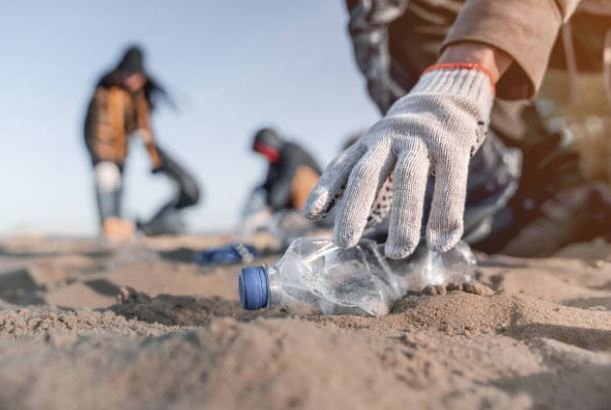
The introduction of a contaminant into the atmosphere is referred to as pollution. There are traces of pollution everywhere, no matter where you go or what you do.
What is Pollution?
Industrial and commercial waste, agricultural practices, daily human activities, and, most importantly, modes of transportation all contribute to pollution.
Pollution has a negative impact on any living organism in the world, making life almost difficult to maintain.
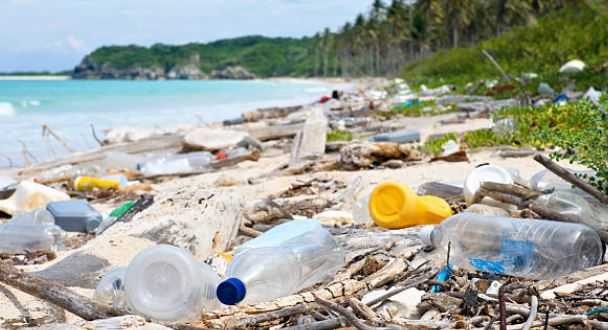
Types of Pollution
Pollution has a variety of negative effects on the Earth's atmosphere and people. The following are the three major forms of pollution:
- Land pollution
- Air pollution
- Water pollution
1. Land Pollution
This is the pollution of the natural land surface of the Earth by industrial, commercial, domestic, and agricultural activities.
Sources of Land pollution
Some of the main contributors to land pollution are:
- Chemical and nuclear plants
- Industrial factories
- Mining
- Littering and overcrowded landfills
- Deforestation
- Human sewage
- Oil and antifreeze leaking from cars
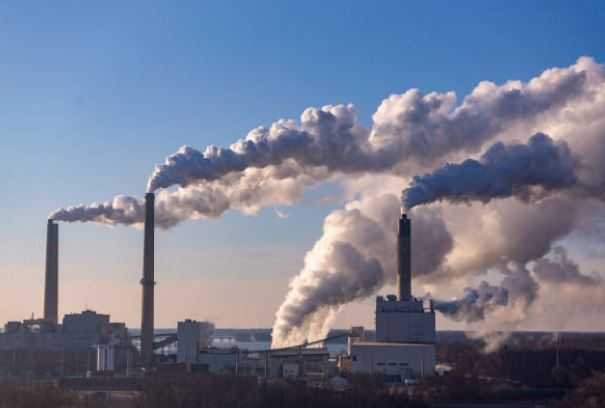
Prevention of Land Pollution
The best way to prevent land pollution is to recycle. Here are a few other ways you can reduce land pollution:
- Don't use pesticides
- Use a drip tray to collect engine oil
- Buy products that have little packaging
- Don't dump motor oil on the ground
- Reuse any items that you can
- Buy biodegradable products
- Store all liquid chemicals and waste in spill-proof containers
- Eat organic foods that are grown without pesticides
2. Air Pollution
Air pollution is the release of toxic chemicals into the environment, posing a threat to human life and other living things.
Sources of Air pollution
Some of the main contributors to air pollution are:
- Combustion of coal
- Acid rain
- Noise pollution from cars and construction
- Power plants
- Manufacturing buildings
- Automobile emissions
- Tobacco smoke
- Large ships
- Paint fumes
- Aerosol sprays
- Wildfires
- Nuclear weapons
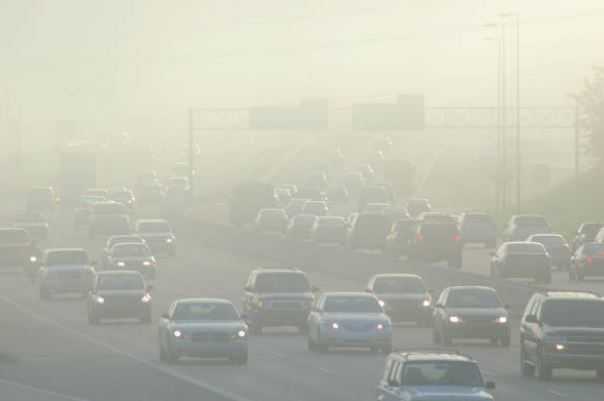
Prevention of Air Pollution
The number one way to prevent air pollution is to walk or bike more and drive less. This will prevent fossil fuels from polluting the air.
An indicative level of vehicle pollution for a home can be obtained by estimating the level of vehicle congestion and concentration of roads etc. that surround the home.
Here are some other ways to prevent air pollution:
- Carpool with friends and coworkers
- Don't smoke
- Use a push or electric lawn mower rather than a gas-powered one
- Don't use harsh chemical cleaners that can emit fumes
- Inspect your gas appliances and heaters regularly
- Keep your car maintenance up-to-date
- If you have to drive, do your errands at one time
- Don't buy products that come in aerosol spray cans
- Avoid using lighter fluid when barbecuing outside
- When you drive accelerate slowly and use cruise control
- Always replace your car's air filter
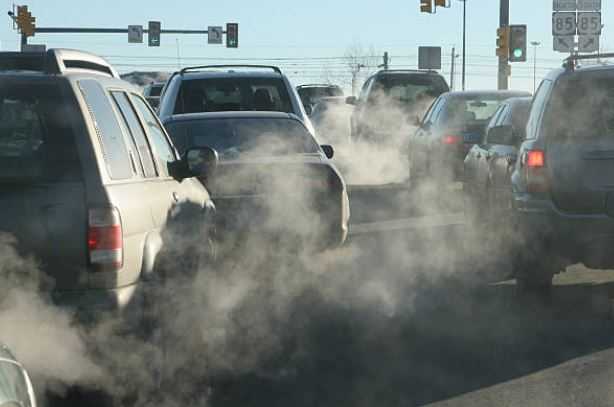
Other common contaminants generated by automobiles and factories include nitrogen oxide, sulfur dioxide, and hydrocarbons.
Smog, dense fog or haze of air pollution, is created when these chemicals react with sunlight.
Depending on the contaminants present, smog may appear brown or grayish-blue.
Smog makes it difficult to breathe, particularly for children and the elderly.
Air pollution alerts are issued in some cities that are experiencing severe smog.
3. Water Pollution
Water pollution occurs when the chemical, biological, or physical matter is introduced into vast bodies of water, lowering the quality of life for those who live in and drink it.
Sources of Water pollution
Some of the main contributors to water pollution are:
- Waste treatment facilities
- Mining
- Pesticides, herbicides, and fertilizers
- Human sewage
- Oil spills
- Factories
- Refineries
- Failing septic systems
- Soap from washing your car
- Oil and antifreeze leaking from cars
- Household chemicals
- Animal waste
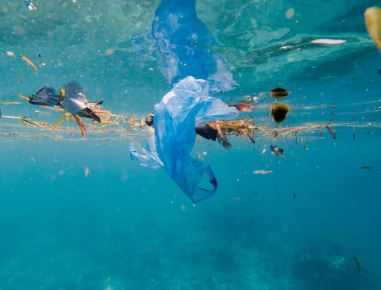
Prevention of Water Pollution
The best way to prevent water pollution is to not throw trash and other harmful chemicals into our water supplies.
Here are a few more ways you can prevent water pollution:
- Inspect your septic system every 3-5 years
- Avoid using pesticides and fertilizers that can run off into water systems
- Sweep your driveway instead of hosing it down
- Always pump your waste-holding tanks on your boat
- Wash your car far away from any stormwater drains
- Don't throw trash, chemicals, or solvents into sewer drains
- Use non-toxic cleaning materials
- Clean up oil and other liquid spills with kitty litter and sweet them up
- Don't wash paintbrushes in the sink
Prevention of pollution
Reduction in pollution and other environmental practices, such as proper waste disposal and recycling management, aid in the long-term sustainability of the climate and economy.
Prevention of pollution refers to efforts aimed at preventing or reducing the production of contaminants at their source.
This saves natural resources, such as water, by using materials and energy more effectively. To mitigate and avoid emissions, it follows best management practices and involves all relevant people in their implementation.
The best way for you to get involved with pollution prevention is to practice efforts on your own or join a project or program.
With a little effort, you can help the planet restore its natural resources and provide a healthier place to live for every living creature.
Author Bio
The Editorial staff includes content researchers from various areas of knowledge. They add a plethora of expertise to the Hubslides Editorial team. They constantly and frequently oversee, produce and evaluate contents that are most ideal to aid impacting knowledge to readers.
Article Comments
No Comments!
At present there are zero comments on this article.
Why not be the first to make a comment?
Similar Articles
Sponsor
Search Articles
Experts Column
Latest Articles
Featured Articles
Most Popular Articles












